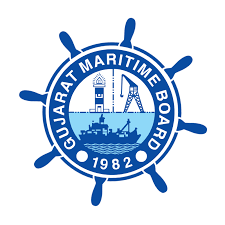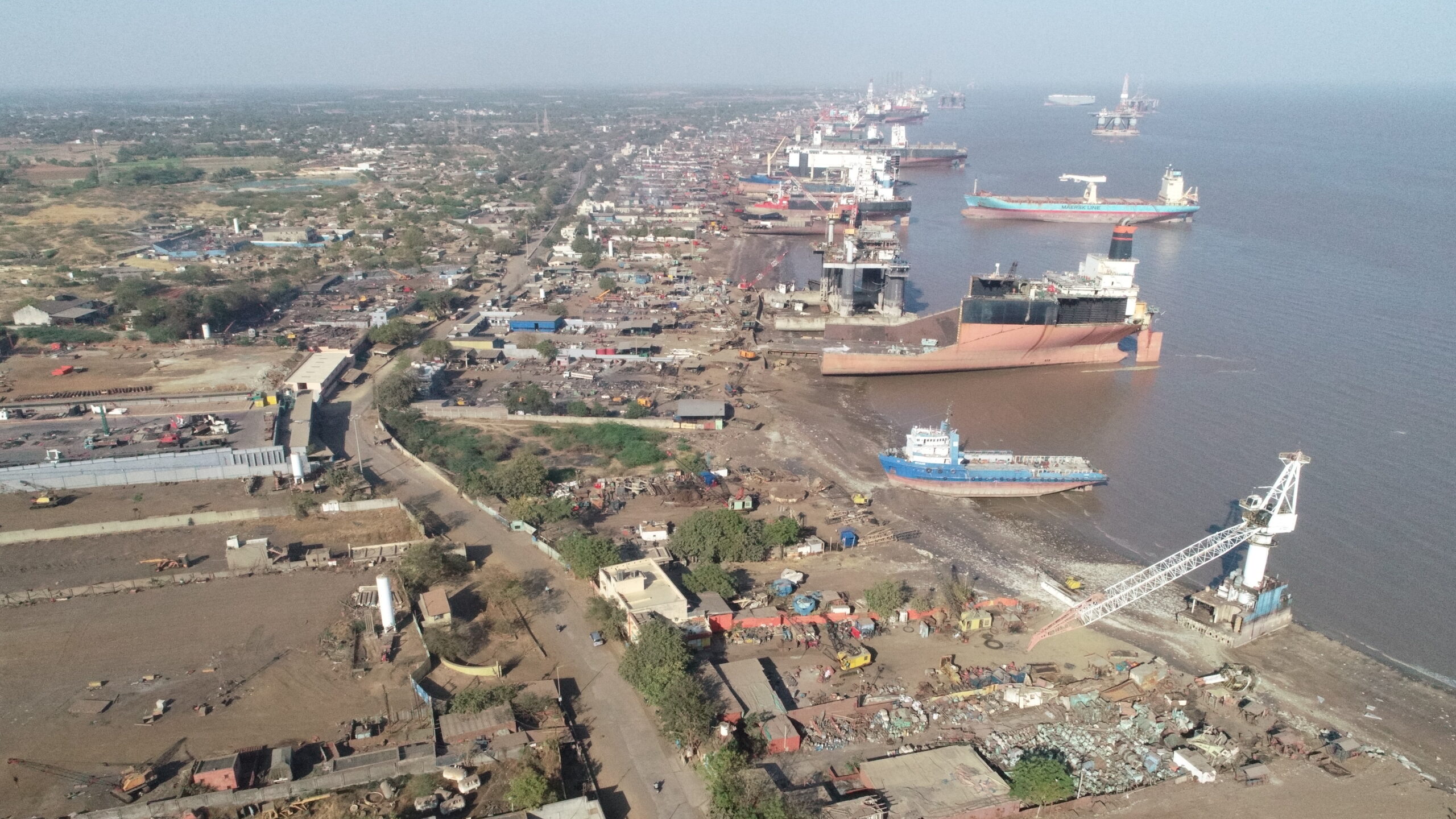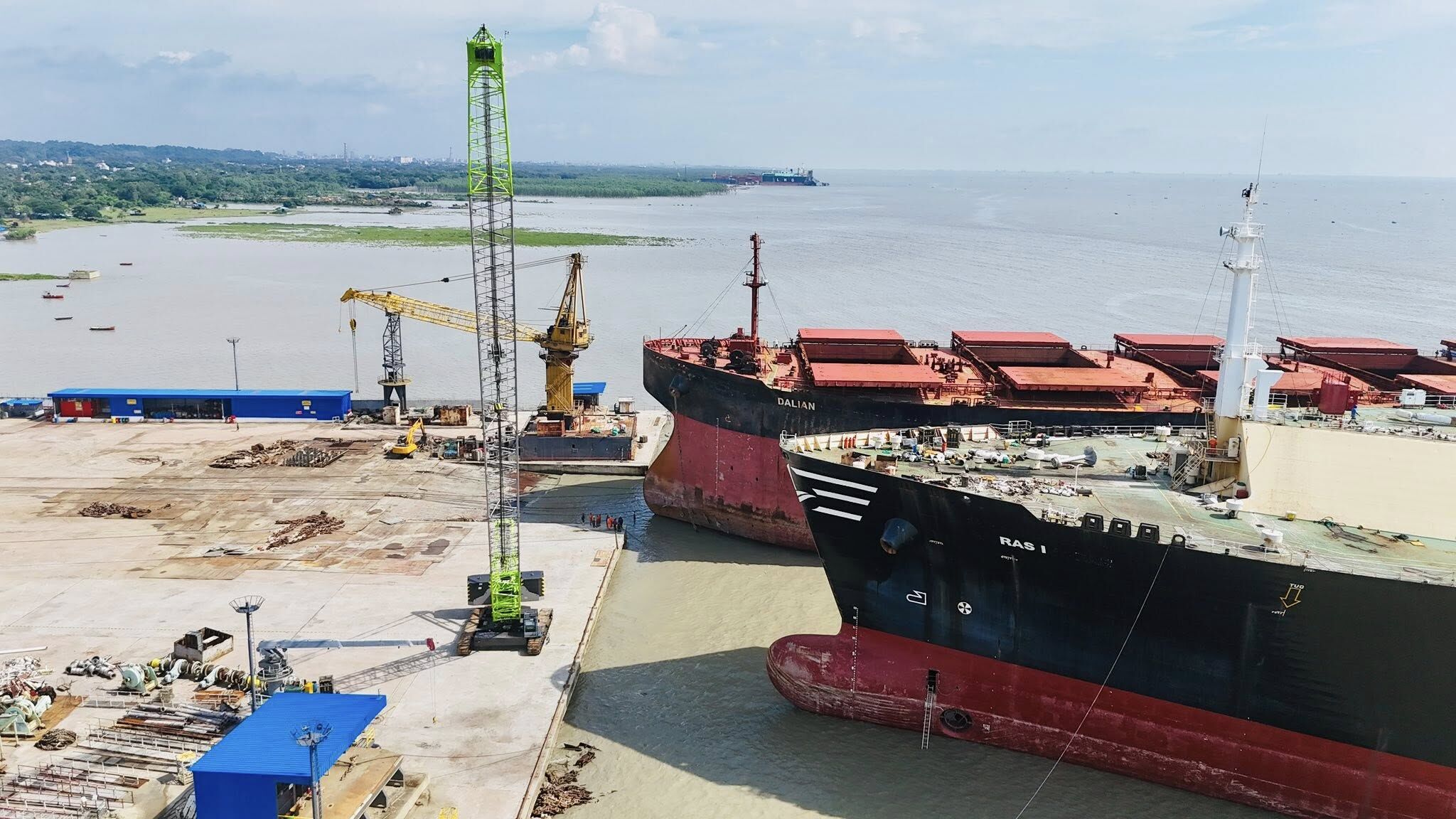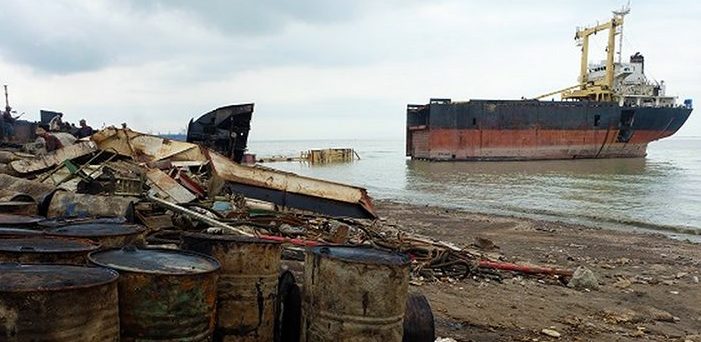Maersk and Hapag-Lloyd Consider Expanding Fleet Amid Red Sea Disruptions
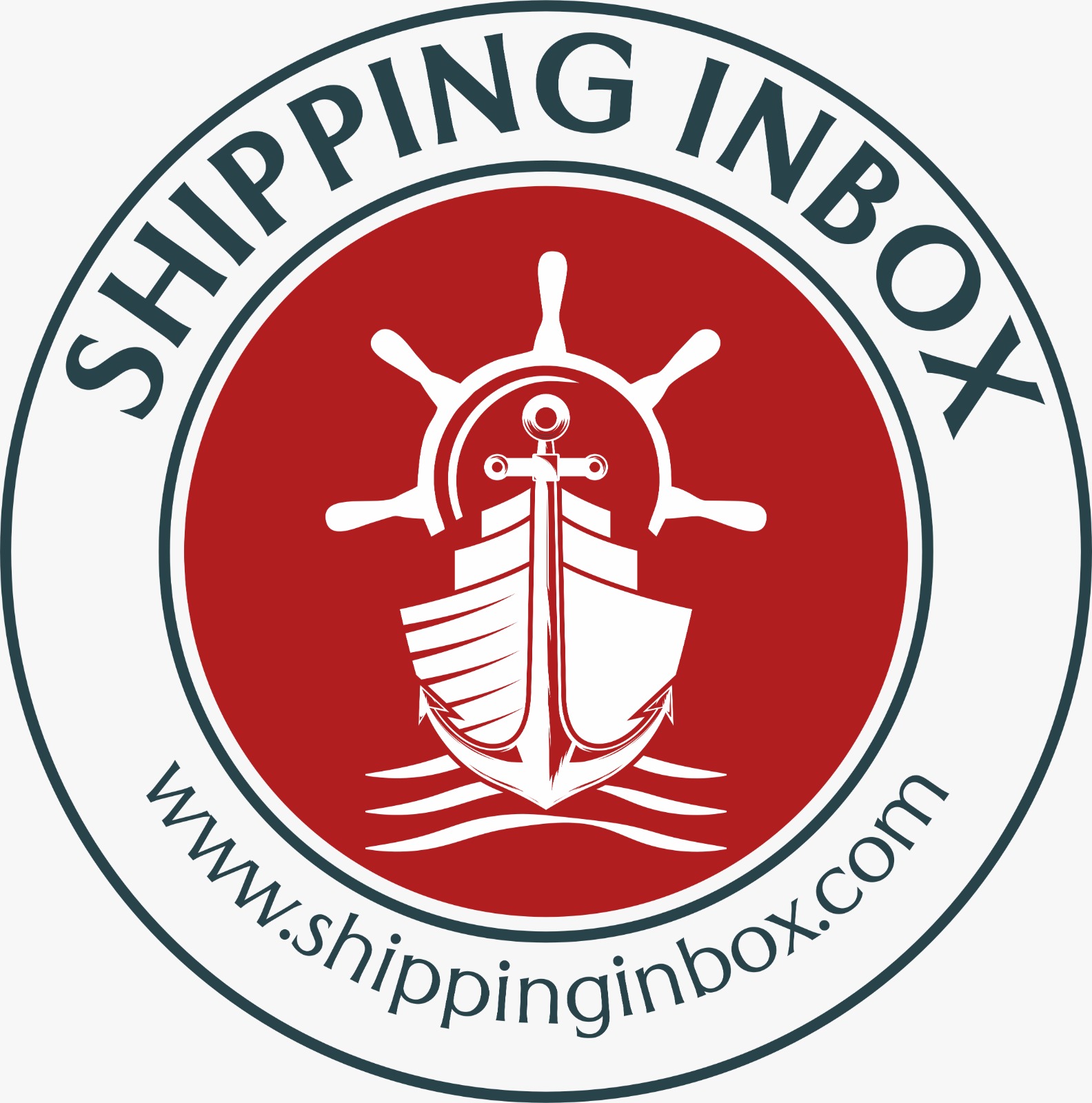
Two of the world’s largest shipping companies, Maersk (Maersk. CO) and Hapag-Lloyd (HLAG.DE) announced on Tuesday that they may expand their joint fleet if current disruptions in the Red Sea continue. The companies warned that ongoing attacks by Iran-aligned Houthi militants have severely affected shipping routes in the region, leading to delays and logistical challenges. The disruptions have forced many vessels to reroute away from the critical Suez Canal and opt for the longer, more expensive journey around the southern tip of Africa.
The alliance between Maersk and Hapag-Lloyd, initially announced in January this year, was designed to boost efficiency in their container shipping operations. The collaboration, known as the Gemini Cooperation, is slated to begin in February 2025 and is set to combine a fleet of 290 vessels, with a planned capacity to transport 3.4 million containers annually. However, both companies revealed that they are considering expanding the partnership to accommodate 340 vessels, allowing for the transport of 3.7 million containers if the Red Sea conflict persists.
Shipping Disruptions in the Red Sea
The Red Sea, a key maritime corridor connecting Europe and Asia via the Suez Canal, has historically been a vital route for global trade. However, since late last year, the region has become increasingly volatile due to attacks on shipping vessels, largely attributed to Iran-backed Houthi militants from Yemen. These attacks have created instability in one of the world’s busiest shipping lanes, causing major shipping companies to rethink their routes to ensure the safety of their vessels and cargo.
In response to the escalating threats, many companies, including Maersk and Hapag-Lloyd, have chosen to reroute their ships around the southern tip of Africa, adding significant travel time and cost to their operations. The alternative route, via the Cape of Good Hope, adds thousands of miles to shipping journeys and ties up more vessels, reducing overall shipping capacity. For the shipping industry, this presents a significant logistical challenge and financial strain.
The Gemini Cooperation: Original Plans and Future Prospects
Maersk and Hapag-Lloyd first unveiled the Gemini Cooperation earlier this year as a way to streamline their operations and optimize global shipping routes. The tie-up, set to launch in February 2025, aims to combine the two companies’ resources in a joint venture that would allow them to transport 3.4 million containers annually across their shared fleet of 290 vessels. Maersk will supply 60% of the ships, while Hapag-Lloyd will contribute 40%.
The collaboration was designed with the assumption that the Suez Canal would continue to be a central shipping route. By leveraging their combined resources, Maersk and Hapag-Lloyd planned to offer more frequent and flexible services to customers, making their operations more reliable and cost-efficient. In January, the companies set an ambitious target of achieving over 90% schedule reliability once their new network was fully phased in.
However, the ongoing disruptions in the Red Sea have cast uncertainty over these plans. Both companies now face the possibility of having to significantly scale up their operations to maintain service levels if the Suez Canal route remains compromised.
Expanding the Alliance: A Contingency Plan
If the situation in the Red Sea does not improve, Maersk and Hapag-Lloyd are prepared to expand the Gemini Cooperation. This contingency plan involves increasing the fleet size to 340 vessels, which would raise their annual container capacity to 3.7 million. The extra ships would be used to maintain service levels as vessels are diverted around Africa, a longer route that ties up more capacity.
“Joining forces will allow Hapag-Lloyd and Maersk to offer more frequent and flexible services, making their operations more efficient and reliable,” the companies said in a joint statement on Tuesday. This would be especially critical if vessels are forced to continue sailing the longer route around Africa, where delays and schedule disruptions are more likely due to the increased distance.
According to Maersk, the companies plan to announce in October whether they will proceed with the original plan that relies on the Red Sea and Suez Canal routes, or if they will implement the alternative strategy involving an expanded fleet sailing around Africa.
The Impact on Global Trade
The potential expansion of the Maersk-Hapag-Lloyd alliance reflects the broader challenges facing the global shipping industry. The instability in the Red Sea is not just a concern for these two companies—it has affected the entire global supply chain. The Suez Canal is one of the most important chokepoints in international trade, handling around 12% of global trade and 30% of all container ship traffic. Any disruptions to this route can have significant ripple effects across global markets.
By forming a stronger alliance, Maersk and Hapag-Lloyd aim to mitigate the impact of these disruptions on their operations. However, the longer route around Africa is far from ideal. It adds time and cost to shipments, making it more difficult for companies to meet customer demands for timely deliveries. In the worst-case scenario, continued instability in the Red Sea could result in higher shipping costs, which could ultimately be passed on to consumers in the form of increased prices for goods.
Looking Ahead
As the shipping industry continues to grapple with the uncertainty surrounding the Red Sea and Suez Canal routes, Maersk and Hapag-Lloyd are positioning themselves to adapt to whatever challenges lie ahead. The decision to potentially expand their alliance underscores the importance of flexibility in the face of geopolitical risks.
Both companies are expected to provide further updates in October on their final decision regarding the future of the Gemini Cooperation. Until then, much will depend on the developments in the Red Sea, where the presence of militant groups continues to pose a serious threat to global trade.
In the meantime, the shipping industry will be watching closely to see how Maersk and Hapag-Lloyd’s expanded collaboration could set a precedent for other companies facing similar challenges. If successful, the Gemini Cooperation could serve as a model for how global shipping giants can work together to navigate an increasingly complex and uncertain geopolitical landscape.
Author: shipping inbox
shipping and maritime related web portal




